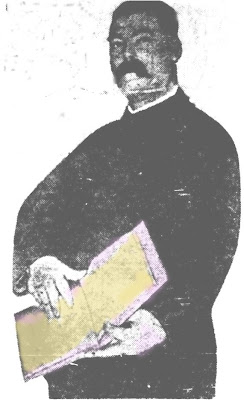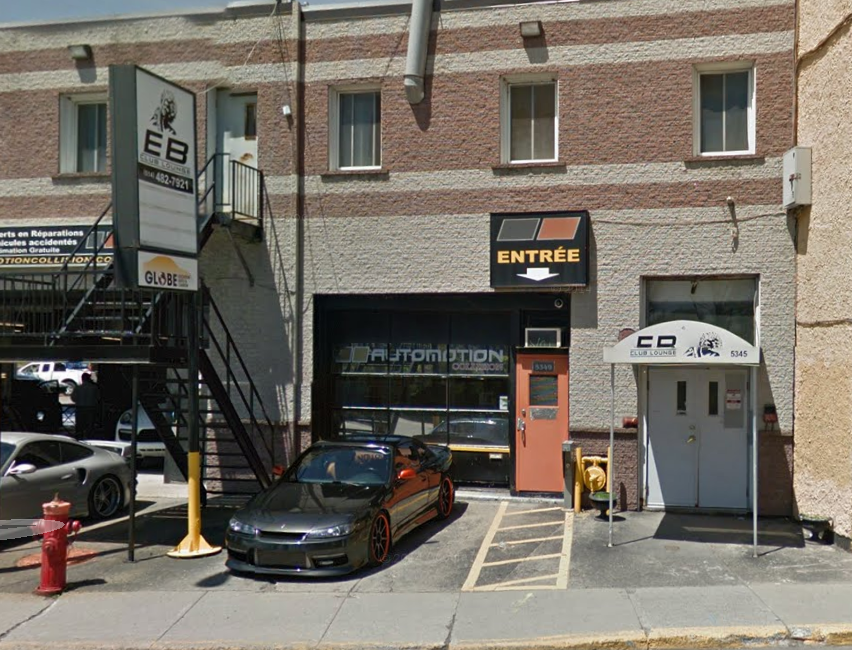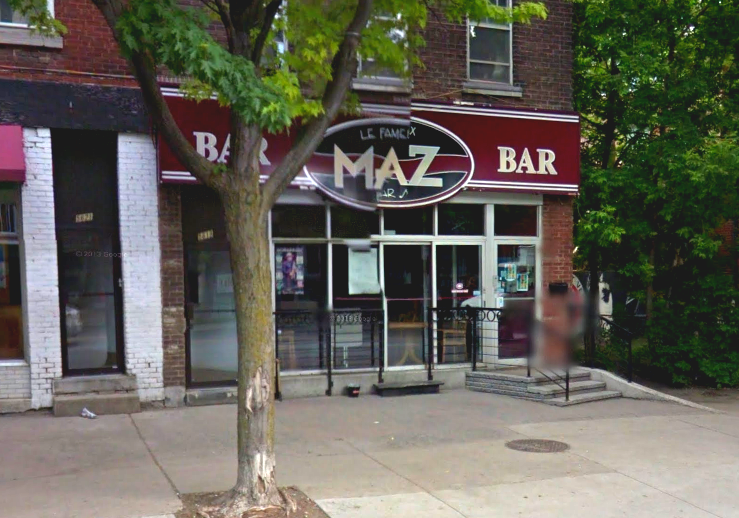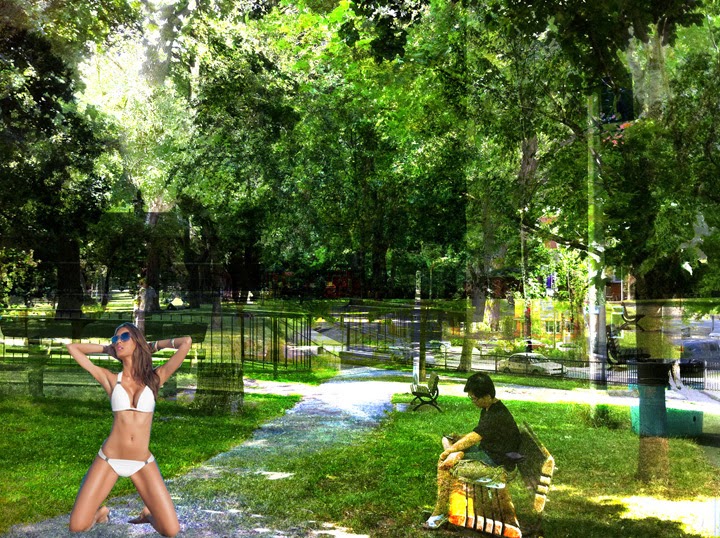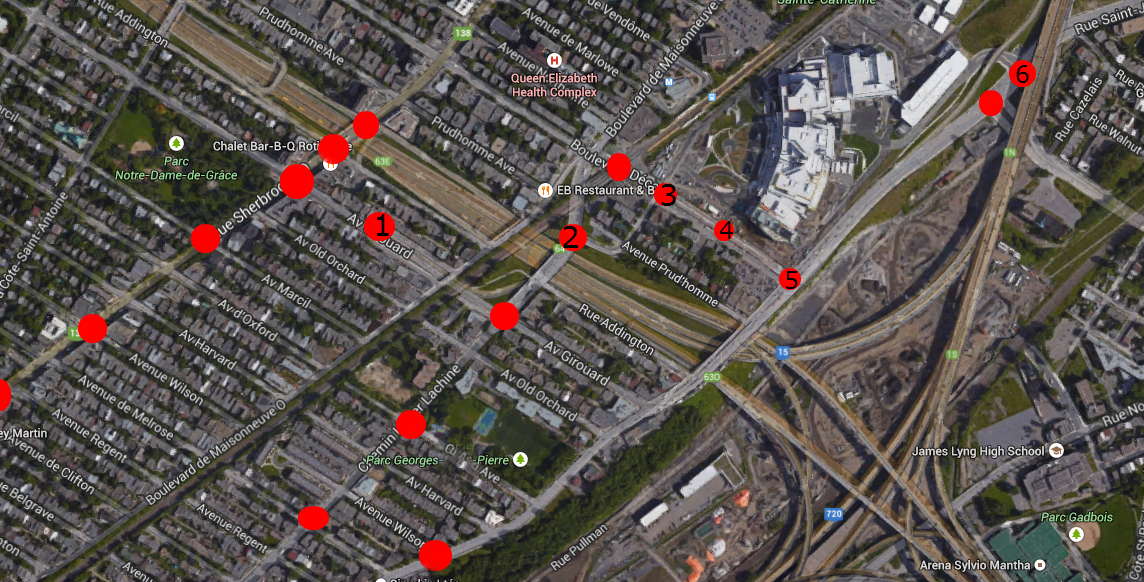A Montreal cop once told me that he believes that about 30 percent of what are deemed suicides by Montreal police are, in fact, homicides.
Consider this: Quebec's suicide rate is the highest of any Canadian province. while Quebec's homicide rate is the lowest in Canada, except for Prince Edward Island.
So we have ample suicides but not many murders.
Those numbers suggest that Quebecers are extremely different than other Canadians in their patterns of behaviour.
![]() But perhaps we are not so different.
But perhaps we are not so different.
Perhaps the difference lies in the way authorities classify deaths.
It's possible that many people are killed in Montreal without any investigation because of incorrect classifications.
The public never even hears about these deaths because the coroner asks media not to publicize suicides, as they apparently encourage other suicides.
Police are duty-bound to investigate all possibilities, but closing a suicide file is much more elegant and much-less demanding than opening a homicide file.
If this is indeed happening, is it intentional?
Suicides were once rampant on the Jacques Cartier Bridge - and indeed people still occasionally climb over the barriers to leap to their deaths below - but in at least three cases victims were tossed to their deaths off the bridge.
So is it safe to assume that in all other such deaths were voluntary?
If a person found dead with a needle in his arm, do police automatically assume it to be a self-inflicted overdose?
Is a body found hanging, or with a gun in hand and bullet in head assumed to be a suicide? Are metro suicides really never murders?
Many murders can be dolled up to look like suicides, one prominent example being that of Tanya Buschman, who was founded hanged dead in her garage in Ste. Anne's a few years ago.
The death might very well have been written off as a suicide had it not been for the loud outcry of friends and family.
Once again: Quebec's suicide rate is the highest of any Canadian province.
Quebec's homicide rate is the lowest in Canada, except for Prince Edward Island.
Under current rules police and coroners are given full powers to determine what is a suicide and what is a homicide.
Given the suspicious statistic, a civilian review board should be created to examine causes of death to see whether authorities properly classified suicide and homicides.
Consider this: Quebec's suicide rate is the highest of any Canadian province. while Quebec's homicide rate is the lowest in Canada, except for Prince Edward Island.
So we have ample suicides but not many murders.
Those numbers suggest that Quebecers are extremely different than other Canadians in their patterns of behaviour.
 But perhaps we are not so different.
But perhaps we are not so different.Perhaps the difference lies in the way authorities classify deaths.
It's possible that many people are killed in Montreal without any investigation because of incorrect classifications.
The public never even hears about these deaths because the coroner asks media not to publicize suicides, as they apparently encourage other suicides.
Police are duty-bound to investigate all possibilities, but closing a suicide file is much more elegant and much-less demanding than opening a homicide file.
If this is indeed happening, is it intentional?
Suicides were once rampant on the Jacques Cartier Bridge - and indeed people still occasionally climb over the barriers to leap to their deaths below - but in at least three cases victims were tossed to their deaths off the bridge.
So is it safe to assume that in all other such deaths were voluntary?
 |
| Gilles Berube, left, hanged his wife |
Is a body found hanging, or with a gun in hand and bullet in head assumed to be a suicide? Are metro suicides really never murders?
Many murders can be dolled up to look like suicides, one prominent example being that of Tanya Buschman, who was founded hanged dead in her garage in Ste. Anne's a few years ago.
The death might very well have been written off as a suicide had it not been for the loud outcry of friends and family.
Once again: Quebec's suicide rate is the highest of any Canadian province.
Quebec's homicide rate is the lowest in Canada, except for Prince Edward Island.
Under current rules police and coroners are given full powers to determine what is a suicide and what is a homicide.
Given the suspicious statistic, a civilian review board should be created to examine causes of death to see whether authorities properly classified suicide and homicides.













